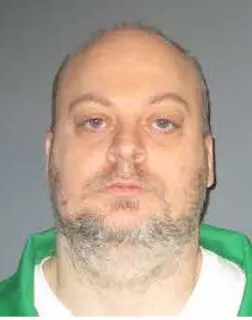Freddie Owens South Carolina Death Row
Freddie Owens was sentenced to death by the State of South Carolina for the murder of Irene Graves during an armed robbery. According to court documents Freddie Owens would enter a Speedway convenience store where he would shoot and kill Irene Graves during an armed robbery. Freddie Owens would be arrested, convicted and sentenced to … Read more








